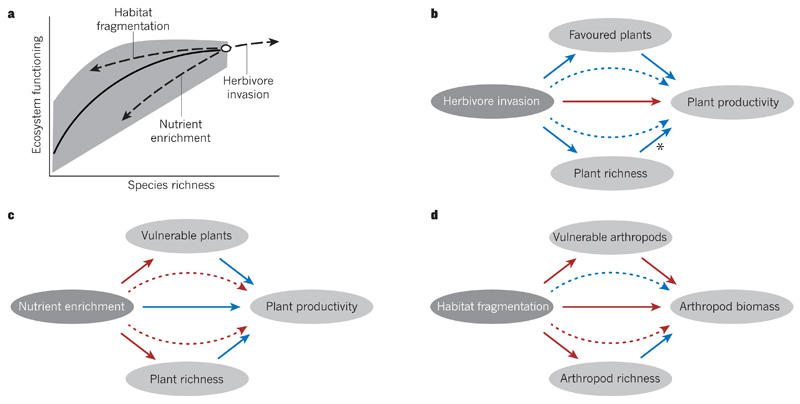Figure 2. The influence of anthropogenic drivers on ecosystems through effects on the richness and types of species.
a, Most biodiversity experiments consider the dependence of ecosystem functioning on the random loss of species, finding that the decrease in ecosystem functioning per lost species becomes larger as species richness declines (black line). By contrast, non-random changes in ecosystem functioning and species richness (dashed lines) that result from anthropogenic drivers such as herbivore invasion, nutrient enrichment or habitat fragmentation also include shifts in the composition and traits of species that are most vulnerable or favoured, which can reinforce or offset the effects of changes in species richness. The grey region indicates potential variation in ecosystem functioning due to changes in species composition at a particular level of species richness. b–d, Positive (blue arrows) and negative (red arrows) influences of specific anthropogenic drivers of biodiversity change (dark grey ovals) are presented in the style of a structural equation model. Curved dashed arrows indicate indirect effects of specific drivers on ecosystem functioning, and horizontal solid arrows show direct effects on ecosystem functioning that are independent of changes in the composition or richness of species. Non-horizontal solid arrows represent the component relationships of indirect effects. b, Invasion by a herbivorous species has a direct negative effect on plant productivity. However, such invasion can indirectly increase plant productivity by increasing plant species richness, and these positive effects are enhanced when favoured plants contribute substantially to plant productivity46. The asterisk indicates a hypothesized relationship. c, Nutrient enrichment has a direct positive effect on plant productivity. But it can also decrease plant productivity indirectly by decreasing plant species richness, and this negative effect is reinforced when the most vulnerable plants contribute substantially to plant productivity83. d, Habitat fragmentation has a direct negative effect on arthropod biomass. It can also decrease arthropod biomass indirectly by decreasing arthropod species richness, but this negative effect is offset by shifts in species composition when the most vulnerable arthropods make only a small contribution to arthropod biomass53.

